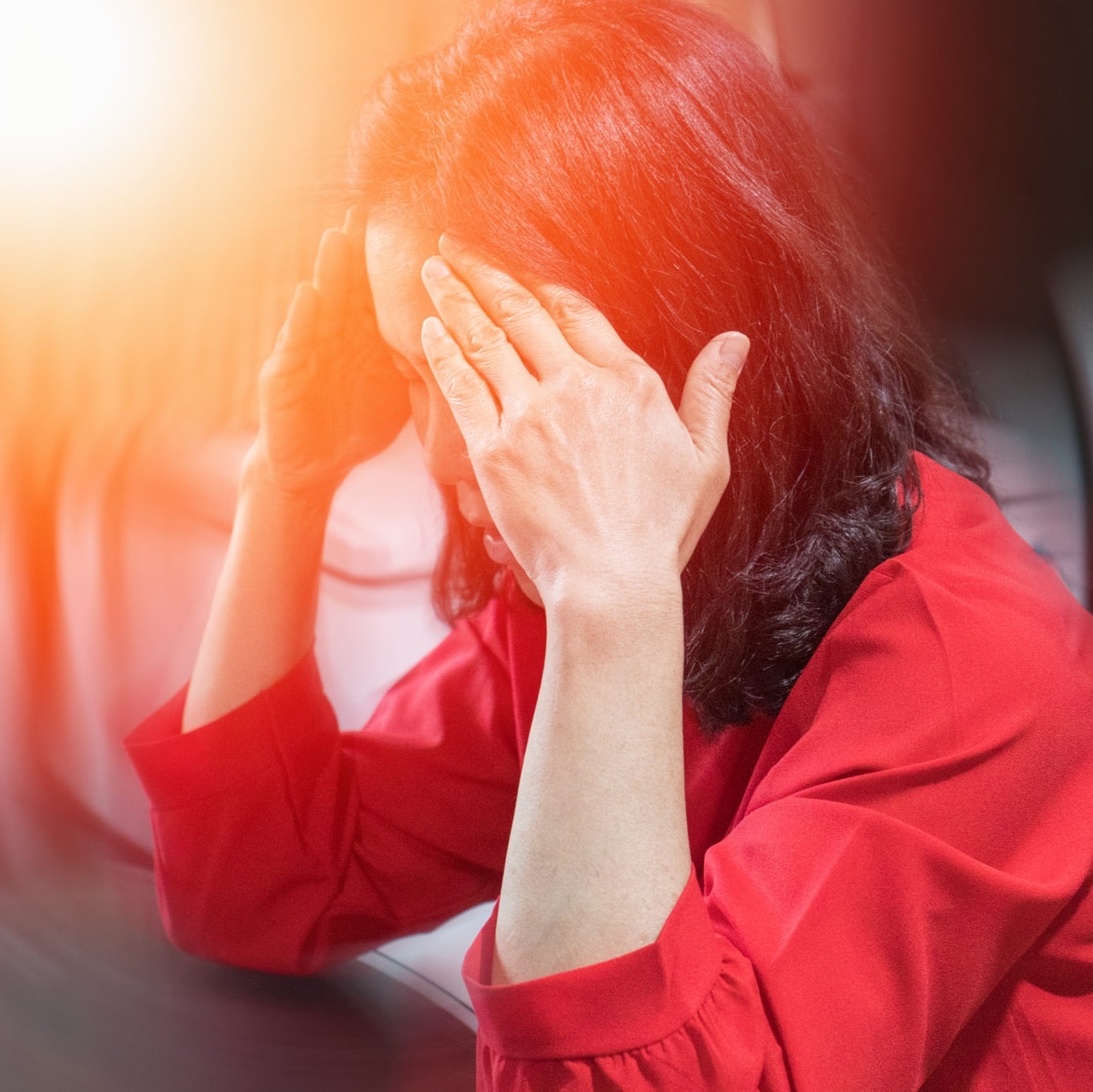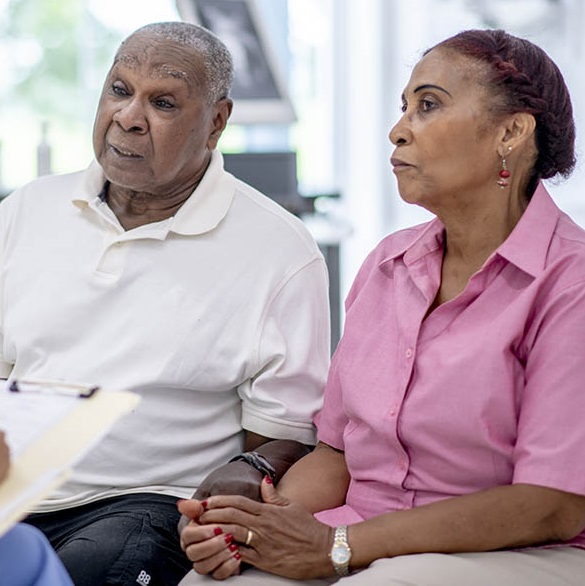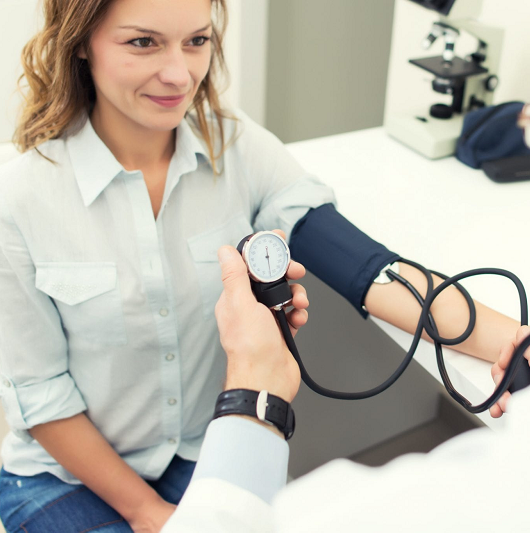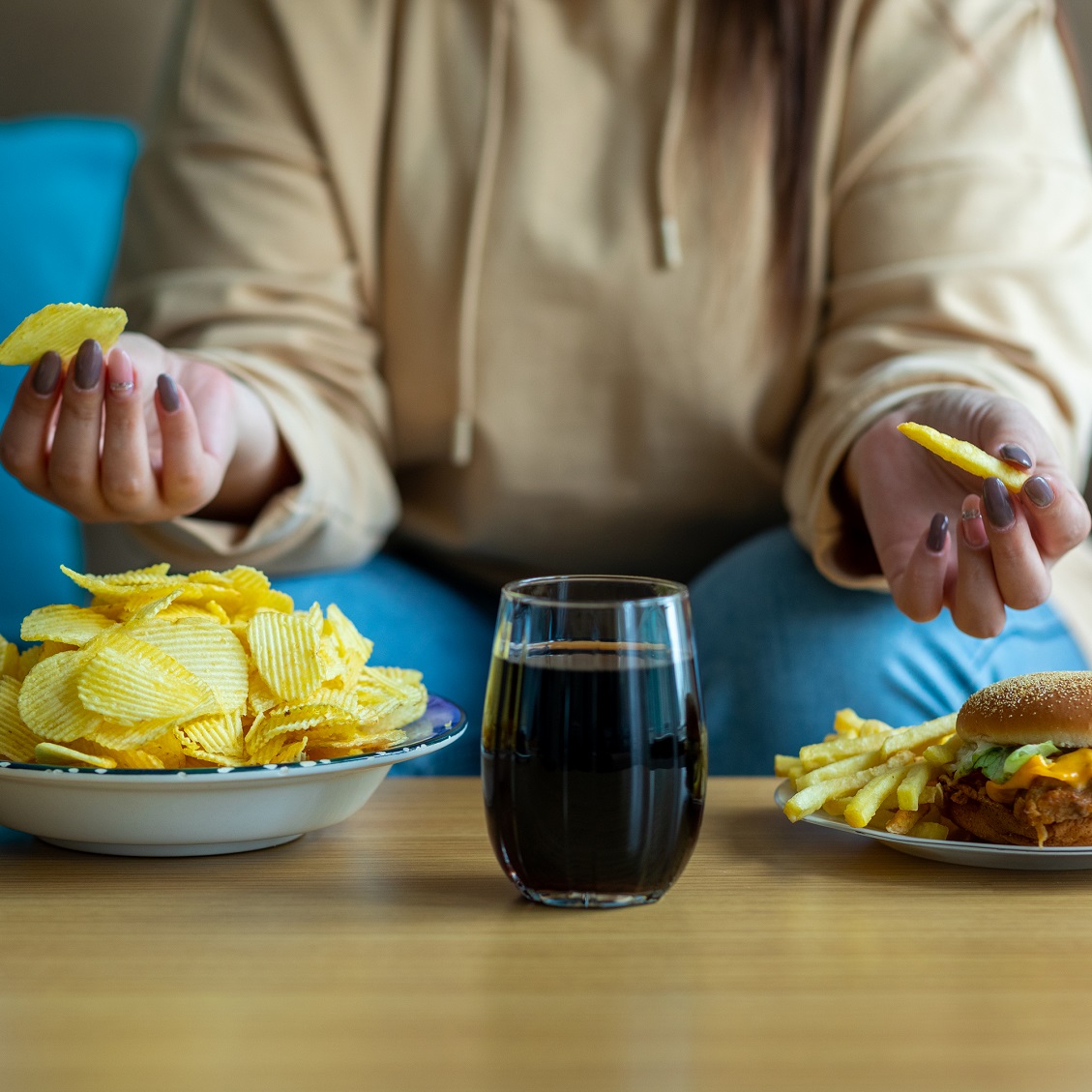Women and Stroke: Risk, Prevention and Treatment
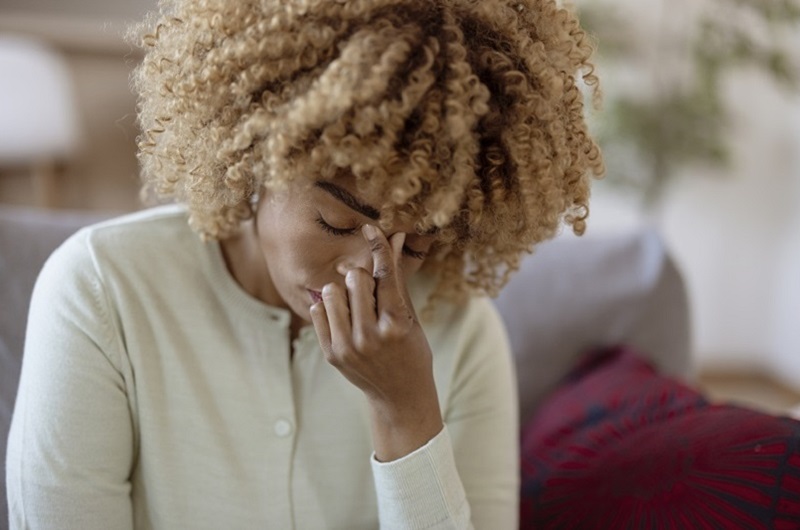
June 19, 2019
Can being a woman increase your risk for stroke? Surprisingly, and according to the Centers for Disease Control and Prevention, the answer is yes. Jawad F. Kirmani, M.D., vice chairman of the JFK Neuroscience Institute explains how stroke risk, prevention and recovery can specifically impact women in this Q & A.
Q. Do the symptoms of stroke differ for men and women?
A. Women may experience many of the same symptoms as men, like sudden weakness or numbness on one side of the face, arm or leg, drooping of the face, speech problems, vision changes, difficulty walking or keeping balance, and/or an excruciating headache. But they also tend to have other symptoms as well.
Women are more likely than men to present with more subtle stroke symptoms including generalized weakness, fainting, difficulty breathing or shortness of breath, agitation, hallucinations, hiccups, or nausea and vomiting.
Q. What is the impact of stroke on women as compared to men?
A. Stroke is the fourth leading cause of death for women and kills twice as many women as breast cancer. We know that 50,000 more women die of stroke each year compared to men. Women typically live longer than men and advancing age increases stroke risk.
Q. What are some risk factors for women?
A. Women are at an increased risk of stroke, especially at a young age, due to hormones, pregnancy and childbirth.
A woman’s hormonal cycle for menstruation can contribute to them being dehydrated, which is a big risk factor for stroke. And some of the health issues that occur during pregnancy can increase the risk for stroke, such as high blood pressure or preeclampsia.
Women are also more prone to migraine headaches, which is also a stroke risk factor. As for older women, they are more frequently diagnosed with Atrial fibrillation (AFib), another risk factor.
Q. Are there any differences in the recovery process for women?
A. When it comes to taking medications on time, and following the instructions of physicians, women tend to be more compliant, so that’s a plus. However, women have a higher risk of mental health or mood disorders.
It’s quite common for patients to become depressed after stroke. Incidents of depression are twice as likely for women compared to men, with about a 10% likelihood for men, and 20% for women.
The depression may not be caused by psychological challenges, but actual physical changes. The brain is damaged during a stroke, and the chemical changes from the injury can lead to an imbalance, which leads to depression.
Sometimes the patient is unable to recognize that they are depressed, so educating the families and loved ones is so important. Support groups are also a great resource for women to tap into to help through recovery.
Q. What can women do to prevent stroke?
A. Women should work closely with their doctors to identify and address any medical risk factors they may have.
Common risk factors include high blood pressure, high cholesterol, smoking, diabetes, being overweight and physically inactive, carotid artery disease, using birth control pills or hormone replacement therapy and atrial fibrillation.
Modifications in a woman’s lifestyle should also be addressed. This may include changing dietary habits, engaging in regular physical activity, quitting smoking and reducing alcohol consumption.
Sources:
CDC
Next Steps & Resources:
- Our Source: Jawad F. Kirmani, M.D., vice chairman of the JFK Neuroscience Institute
- To schedule an appointment with Dr. Kirmani or a stroke specialist near you, call 800-822-8905 or visit our website.
The material provided through HealthU is intended to be used as general information only and should not replace the advice of your physician. Always consult your physician for individual care.

